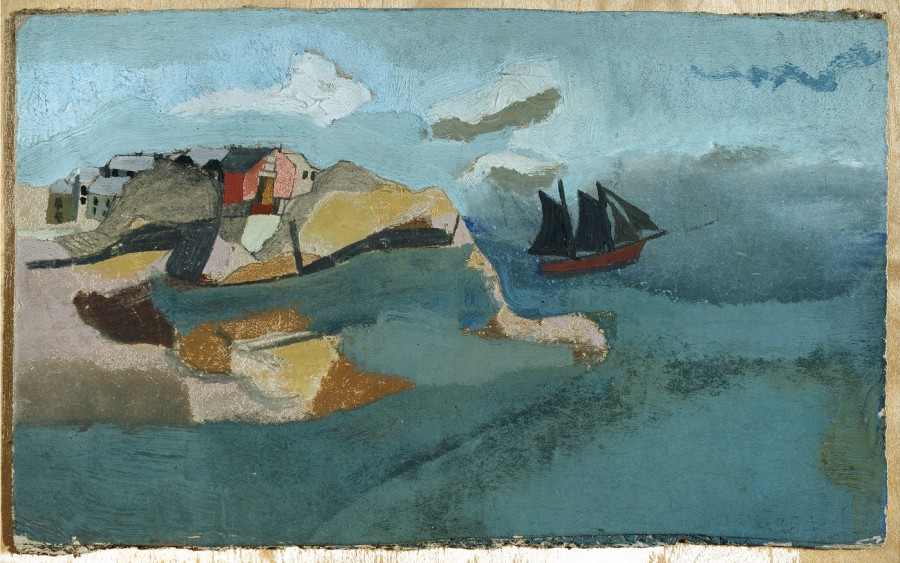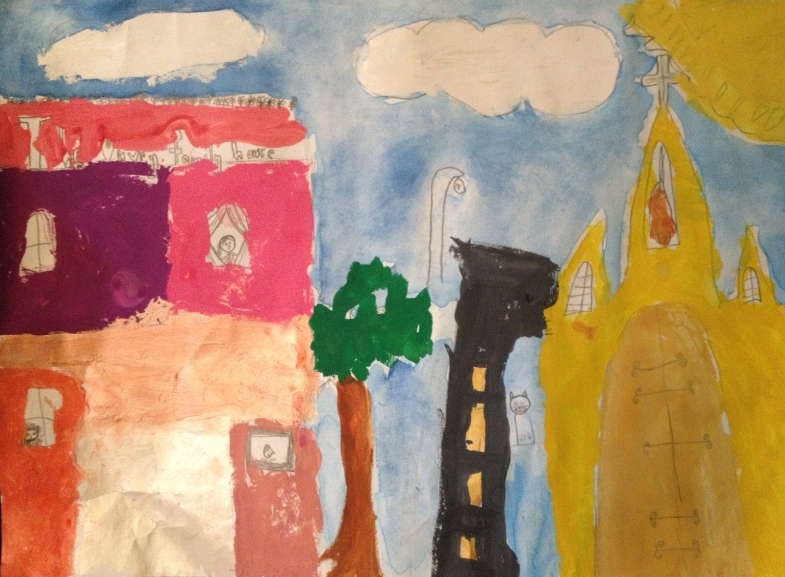Dear Integral Meditators,
The article below explores how we can consciously bring to light the way in which our ancestors have played a role in who we are and what we experience today.
Yours in the spirit of gifts and wounds,
Toby
 The Gifts and Wounds of Our Ancestors
The Gifts and Wounds of Our Ancestors
Living as securely, affluently as we do to today, and having the choices that we have has a lot to do with the efforts of past generations. Specifically to us as individuals, our immediate ancestors, parents, grandparents and great grandparents have a lot to do with the opportunity we have today to lead a happy, fulfilling and creative life today. You could say we are the inheritors of their gifts.
Conversely we are also an inheritor of their wounds, their unresolved inner conflicts, their vulnerabilities, their struggles, their blindspots & their burdens. Quite often the gifts and the blindspots of our ancestors are interrelated. For example:
- I am aware of the gift of freedom that I was given from my Grandfathers in their fighting, surviving and perhaps killing in the two world wars. I am also aware of the emotional wounds and handicaps that come with such a sacrifice.
- I am also aware of the gifts of my Grandmothers as women; their sacrifice and their patience. I am also aware of the wounds that they carry from playing this role and the limitations that it placed upon them.
Thematically, many of the issues that we may now be facing in our life are a continuation of the patterns of previous generations. For most people this goes on quite unconsciously, but by bringing mindfulness and reflection to our relationships to our ancestors we can develop the capacity to consciously guide and direct the energy that flows into us from our ancestors, and thus make better use of it.
A mindful reflection on your ancestors
Take the image of an ancestor that you wish to connect with and reflect upon, perhaps from an old photo. Visualize this image in front of you and allow your mind to mindfully free-associate for a while; notice the feelings, images and memories that may come up.
Now ask your ancestor (as if they are actually present) three questions:
- What are your gifts to me?
- What are your wounds?
- What is it that you wish to communicate with me at this time?
Listen for the answers that come back, and dwell for a while in a state of:
- Appreciation for gifts received
- Healing and release of wounds inherited
- Clear understanding of their message from them to you at this time in your life
We are the ancestors of future generations
Another question that we need to ask ourselves regularly is of course; what are the gifts that I wish to pass onto future generations, and what are the wounds they will have to deal with if I remain the way I am currently?
© Toby Ouvry 2014, you are welcome to use or share this article, but please cite Toby as the source and include reference to his website www.tobyouvry.com











